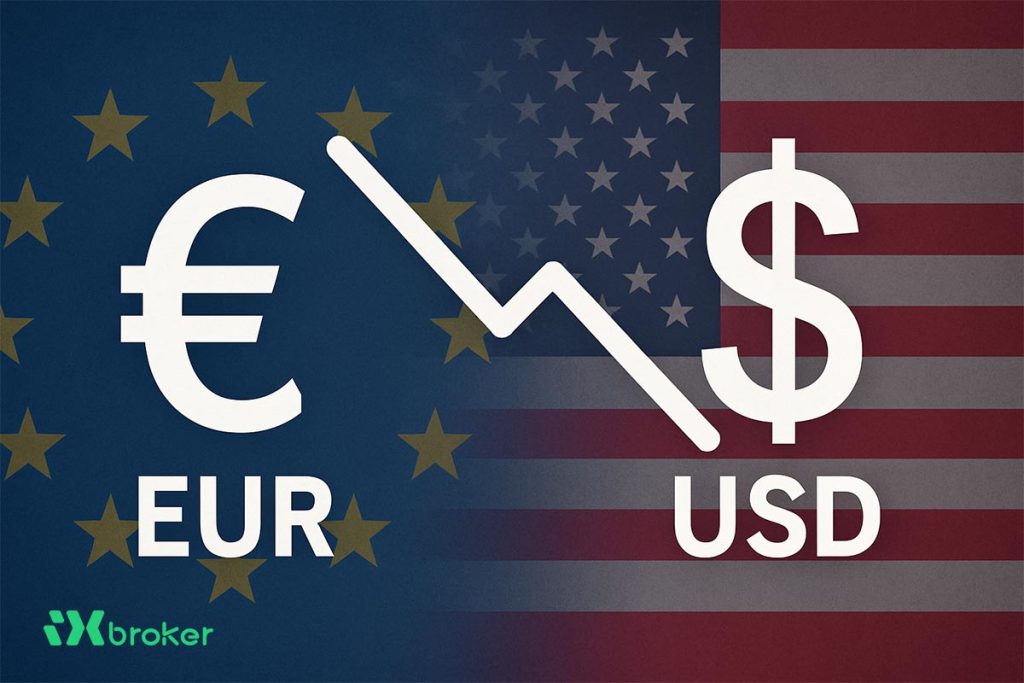Moody’s has downgraded the US credit rating to Aa1. Markets react with caution amid rising debt concerns, pressuring Treasuries, the dollar, and investor confidence.
Following a significant downgrade by Moody’s, investors are preparing for a turbulent start to the new trading week. The agency’s decision to cut the United States’ sovereign credit rating has triggered fresh anxiety in financial markets and raised doubts about the long-term appeal of dollar-denominated assets.
➤ Downgrade Sparks Fresh Market Uncertainty
Credit rating agency Moody’s has downgraded the US government’s long-standing top-tier credit rating from Aaa to Aa1, signaling deeper concerns over the nation’s fiscal trajectory. The move, announced late Friday, sent shockwaves through Asian markets during early Monday trading, where US equity and Treasury futures, along with the dollar, all came under pressure.
Moody’s cited uncontrolled fiscal expansion and the absence of political will to implement meaningful structural reforms as core reasons behind the downgrade.
➤ Moody’s Rationale: Rising Deficits, Weak Policy Commitment
In its report, Moody’s pointed to the consistent rise in budget deficits across multiple administrations and the lack of bipartisan commitment to address fiscal imbalances. The agency emphasized that no clear evidence exists that the US government is slowing the pace of its deficit growth.
With this move, Moody’s aligns itself with previous actions taken by its rating agency peers, further amplifying investor concerns about the long-term creditworthiness of the United States.
➤ Immediate Impact: Pressure on US Treasury Markets
The downgrade immediately impacted US Treasury markets, with the 10-year yield climbing to 4.49% by the end of last week — a sharp move amid relatively thin trading volumes. This indicates a jittery market response and increasing investor caution.
Max Gokhman, Chief Investment Officer at Franklin Templeton Investment Solutions, noted that continued fiscal excess without corresponding revenue streams will keep driving up debt servicing costs. He warned that institutional and sovereign investors may begin rotating out of Treasuries in search of safer assets.
➤ A Dangerous “Bear Steepener” Threat Looms
Gokhman also warned of the potential onset of a “bear steepener” — a condition where long-term bond yields rise more quickly than short-term rates. This could weigh heavily on equity valuations, erode demand for Treasuries, and exert downward pressure on the US dollar.
Such a dynamic may ultimately reduce the global appeal of US financial markets at a time when the economy is already facing the prospect of slower growth and unstable trade policies.
➤ Long-Term Rates Likely to Rise Further
Analysts at Wells Fargo echoed similar concerns, forecasting that both the 10- and 30-year US Treasury yields could climb by another 5 to 10 basis points following Moody’s action. A 30-year yield exceeding 5% would mark the highest level since November 2023 — a return to interest rate levels not seen since before the 2008 financial crisis.
This rise could have broad implications across lending markets, from mortgages to corporate bonds, especially if investor sentiment continues to deteriorate.
➤ Dollar Weakens Despite Rising Yields
Typically, rising yields support a stronger currency. However, in this case, mounting concerns over America’s fiscal health have weighed on the dollar. Bloomberg’s dollar index has fallen toward its April lows, and sentiment among options traders is at its most bearish in five years.
In early Monday trading, the greenback weakened against its G10 counterparts, while traditional safe-haven currencies like the Japanese yen and Swiss franc outperformed — reflecting broader skepticism toward the US economy’s stability.
➤ Broader Implications for Global Investors
The downgrade carries ramifications well beyond US borders. Investors worldwide — many of whom have long considered US Treasuries the ultimate safe-haven asset — may now look to diversify into alternatives such as gold, the Swiss franc, or Japanese yen.
Meanwhile, corporations and foreign governments with exposure to US debt markets may be forced to reassess their portfolio strategies amid rising yields and diminishing confidence in American fiscal discipline.




